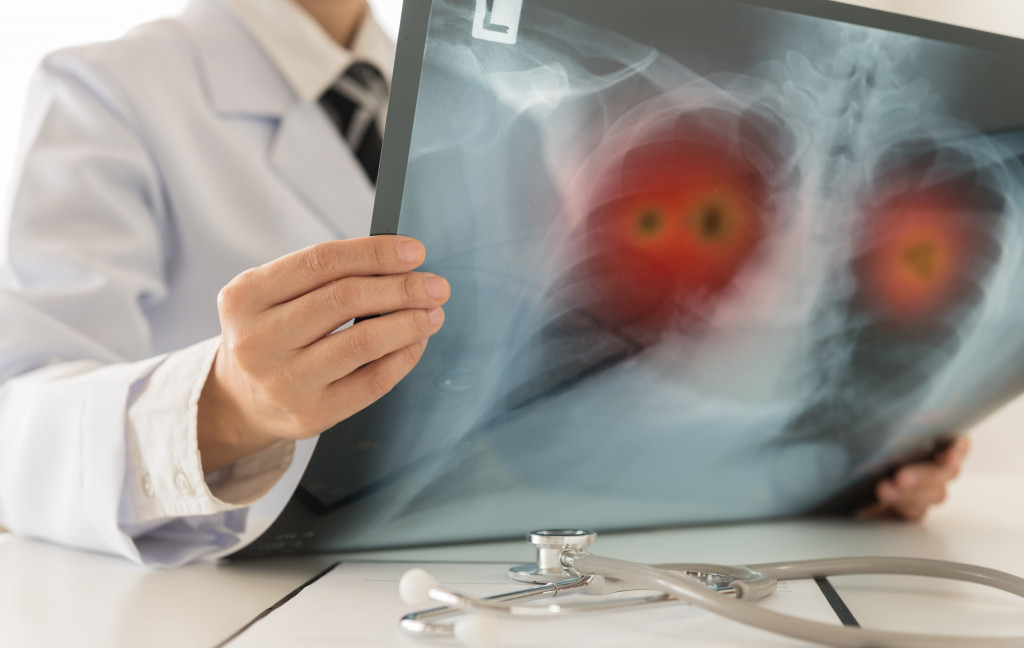Around the world, it is estimated that more than 300 million are living with rare diseases. Yet, patients wait for far too long, often years, to receive the right diagnosis and start life-saving treatment.
The Prevalence of Rare Diseases
Their definitions vary by region but, in the United States, rare diseases affect less than 200,000 people. Some examples are cystic fibrosis, hemophilia, muscular dystrophy, and multiple myeloma. Overall, there are more than 6,000 rare diseases identified, the majority of which are genetic and/or start in childhood.
While each disease is rare, overall, the problem is widespread. Around 30 million Americans are living with a rare disease, and that number will further increase in the future. There are also more people with a rare disease compared to the combined number of patients who have cancer and AIDS.
The Problem of Diagnosing Rare Diseases
Cancer is one of the most prevalent illnesses across the world. There are around 16.9 million cancer survivors in the U.S. as of January 2019. By 2030, an estimated 22.2 million Americans will be diagnosed and will receive treatment for cancer.
Cancer is also deadly but, thanks to advances in the field of medicine, its survival rate is going higher. While more people get it, fewer die of it. To further increase a patient’s chances of survival, they should receive treatment immediately. To receive treatment, they need a diagnosis.
There are many ways to diagnose cancer, one of which is biopsy which takes a sample of a patient’s tissue and runs tests to see if it can present danger if not now then in the future. Regular laboratory tests to look for tumor markers can determine if a person is at risk of cancer.
But, not all cancers are easy to diagnose. Take multiple myeloma for example. It is a rare disease that causes no symptoms until it is in its advanced stages. When multiple myeloma does present symptoms, it often mimics more common illnesses and, therefore, patients do not get the appropriate treatment.
It takes six to eight years for people to be diagnosed with a rare disease. For children afflicted, they cannot access treatment that can enable them to live normal, happy, and longer lives. Around three in 10 people with a rare disease will not live to see their fifth birthday because their condition has worsened.

Improving Diagnosis of Rare Diseases
To tackle any disease, research and development are needed. However, here is the first issue. Conducting studies and trials is challenging because there are few patients to participate.
Recruiting members for a multiple myeloma research panel, for example, to learn more about the disease. However, the number of patients who have rare diseases are disproportionately spread across regions. Some countries do not have a record of rare diseases or have incomplete data, making it more difficult to identify where the most number of patients are located.
There should be a more efficient process for data collection, not just in the U.S. but around the world. Doing so will widen the scope of research and aid researchers to discover more about rare diseases.
Budget is a problem, too. There is lower interest in rare diseases because fewer people get them. Diseases that are more prevalent such as cardiovascular diseases and diabetes are prioritized in the allocation of funding.
In fact, drugs that treat rare diseases often receive the designation “Orphan Drugs,” meaning they address conditions that occur so infrequently that they will not be profitable to produce and develop.
To combat rare diseases, money should be poured toward research and development not just of treatment, but more effective diagnostic tools and processes, too. A few organizations, including the Chan Zuckerberg Initiative (founded by Mark Zuckerberg and Priscilla Chan), have provided funding to 30 patient groups to specifically address rare diseases.
For now, recognizing rare diseases right away is an important strategy to alleviate the suffering and save the lives of patients. Physicians should be familiarized with rare diseases and their symptoms to provide a more accurate diagnosis.
Students of medicine should be given an opportunity to meet and interact with patients diagnosed with a rare disease. This will enable them to develop a better idea and a deeper understanding of the condition.
Rare diseases are not as rare as everyone believes. The patients who have rare diseases comprise a significant portion of the population. Millions are affected by it.
However, rare diseases are not diagnosed immediately. The patient has to wait, often undergoing treatment not meant for their specific condition before they are given an accurate diagnosis. It leads to further suffering and death. Rare diseases should be given priority in research and development.




